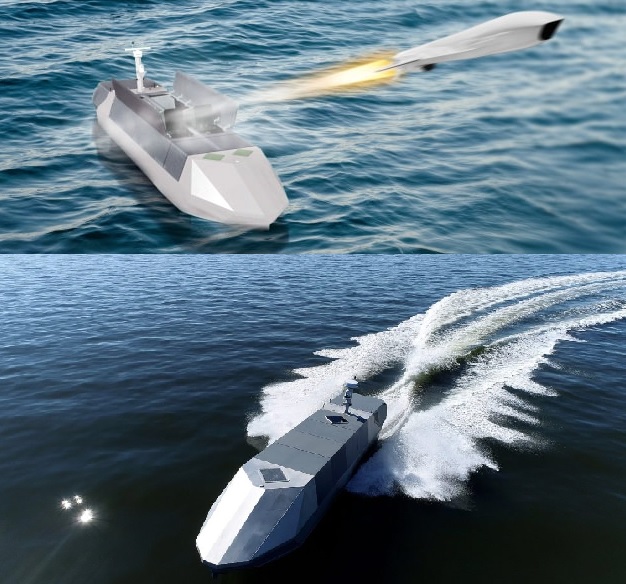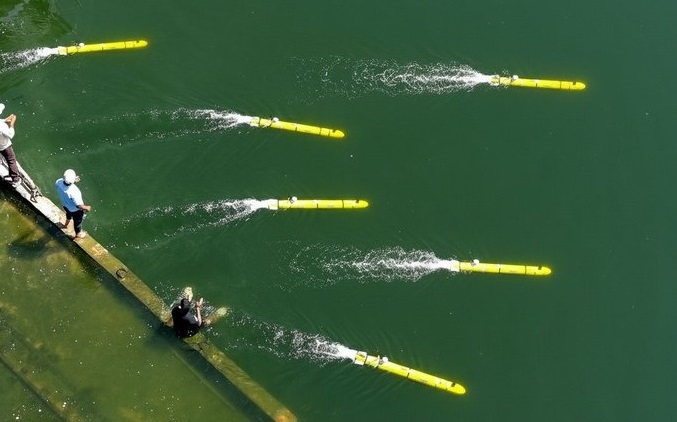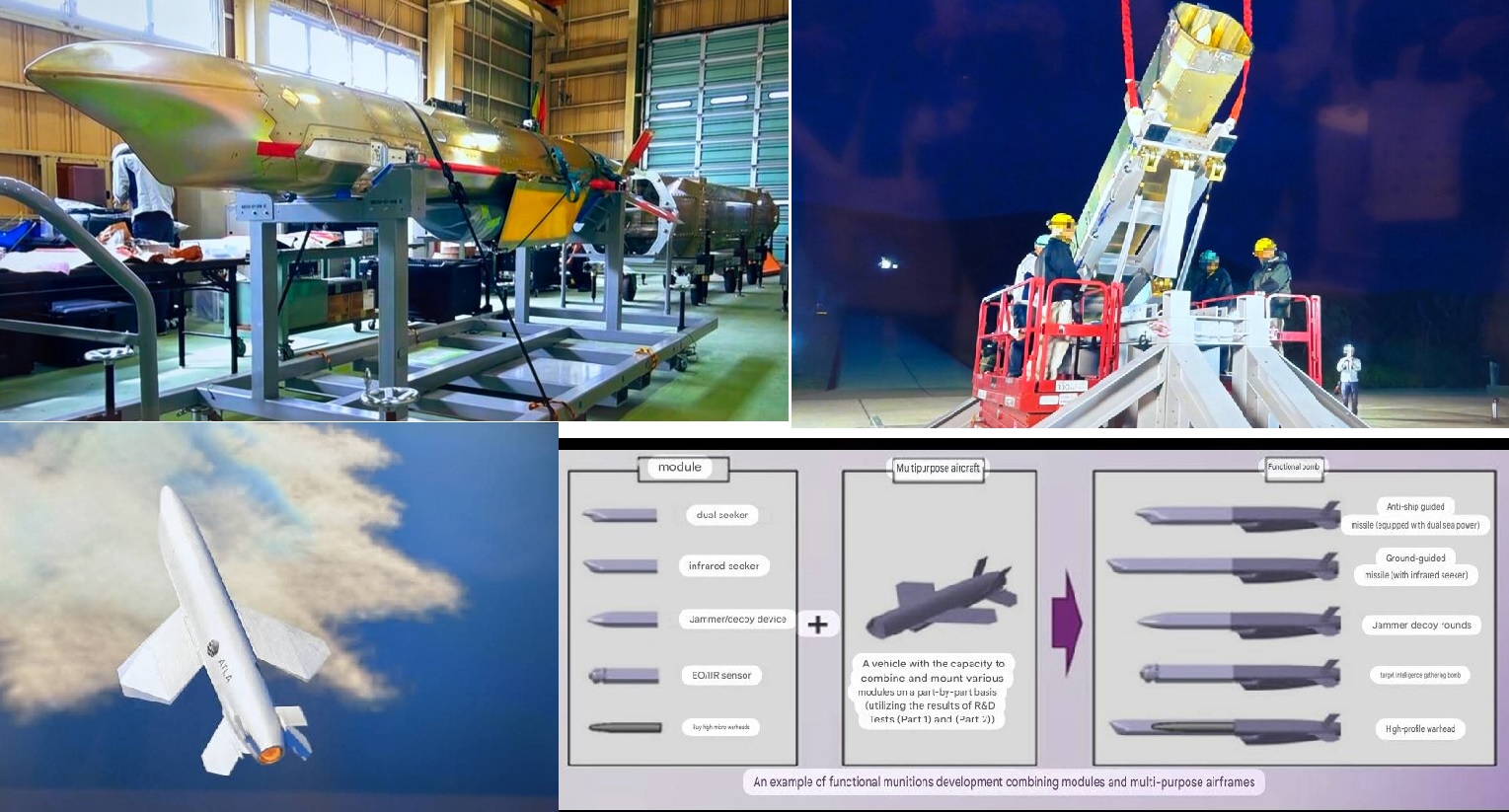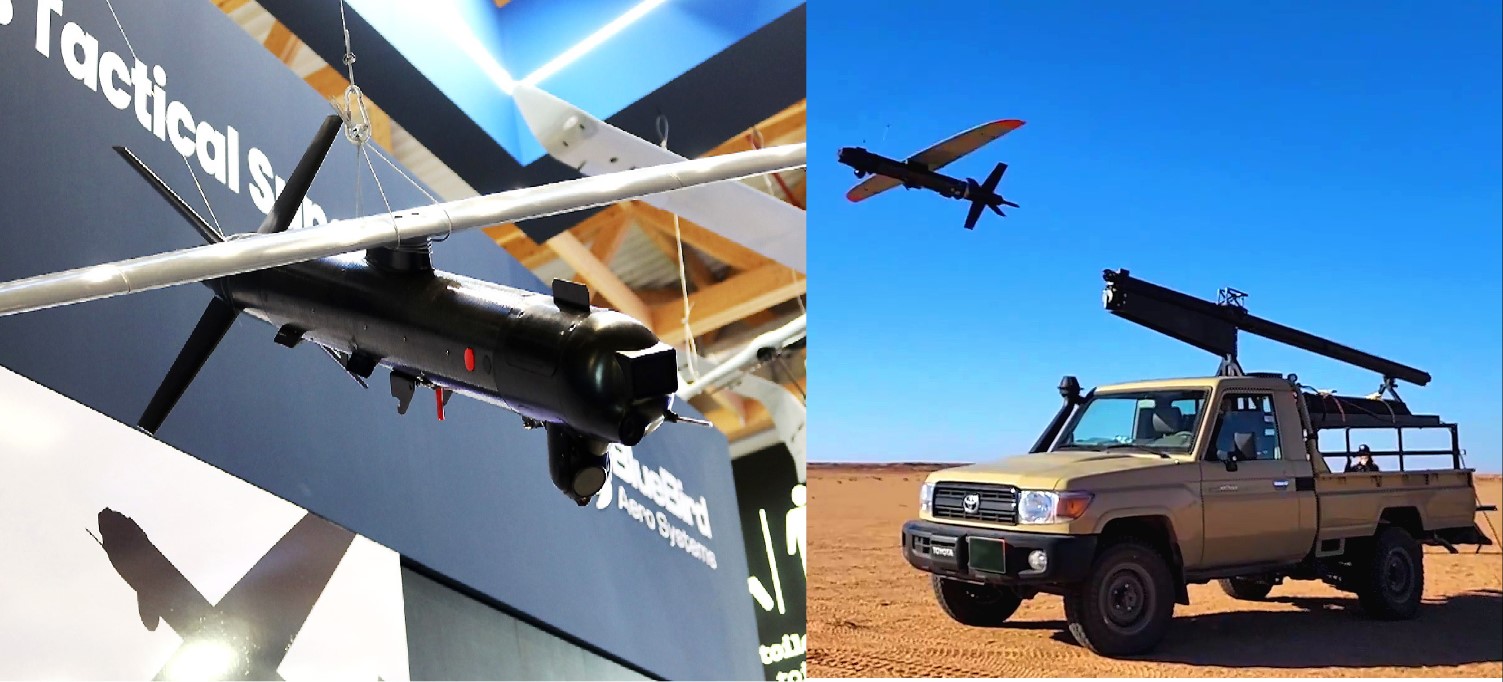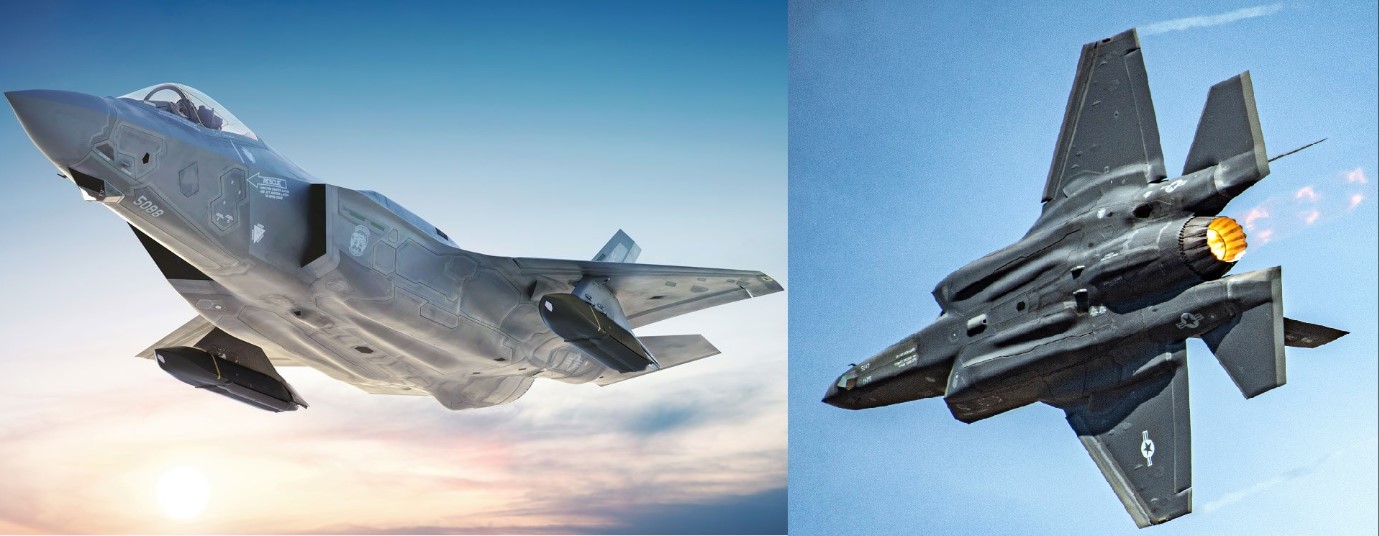Russia Now Produces 6,000 War Drones Every Month with $20k to $70k Per Unit
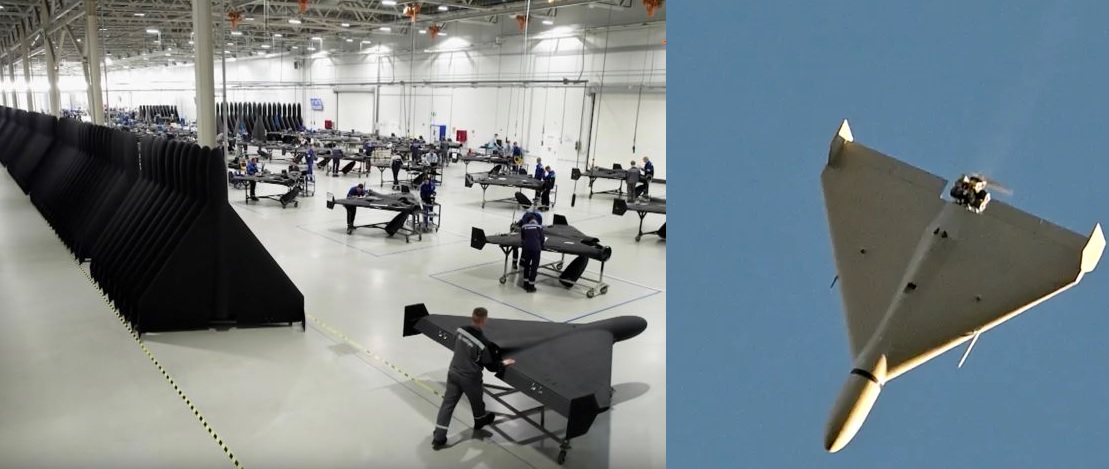
Russia’s ongoing war in Ukraine has entered a new technological and industrial chapter. What began as limited use of Iranian-supplied loitering munitions has now evolved into a vast, factory-driven campaign. Moscow is producing over 6,000 Shahed-type “Geran” drones every month, transforming the drone war into a high-volume, low-cost assault strategy designed to exhaust and overwhelm air defenses.
The shift marks a turning point in modern warfare — where quantity, cost efficiency, and automation are proving as decisive as traditional firepower.
Factories of War: Russia’s Drone Assembly Lines
Much of this production surge is centered around the Alabuga Special Economic Zone in Tatarstan, which has become the core of Russia’s domestic drone manufacturing effort. Once reliant on Iranian imports, Moscow has now localized production of the Shahed-136, known in Russian service as the Geran-2, assembling thousands each month with an expanding network of suppliers.
According to open-source intelligence, Russia has reached industrial output levels comparable to traditional weapons factories — building airframes, engines, and guidance systems on a near-continuous 24-hour cycle. Ukrainian officials estimate that by late 2024, output exceeded 6,000 drones per month, while newer data suggests Moscow could soon scale to 8,000 units monthly if supply chains remain stable.
This industrialization allows Russia to unleash massive swarms of drones, sometimes exceeding 700 launched in a single night, saturating Ukrainian radar systems and forcing defenders to deplete costly interceptor stocks.
The Cost Imbalance: $20,000 vs $3 Million
The economics of this drone war are brutally one-sided. Each Shahed-type drone reportedly costs between $20,000 and $70,000 to produce — depending on its configuration and imported components. In contrast, the Patriot missile system, one of the West’s main defensive tools, uses interceptor missiles costing over $3 million each.
The math is devastating: destroying a single drone can cost up to 150 times more than building it. Even less expensive interceptors, such as NASAMS or IRIS-T missiles, remain far pricier than the drones they target.
For Russia, this imbalance is strategic. The goal is not only to strike physical targets but also to drain the financial and logistical endurance of Ukraine’s air defense network — a war of attrition fought as much through economics as through firepower.
How Russia Built Its Drone Machine
Russia’s journey to this industrial scale began in 2022, when it imported large quantities of Iranian Shahed-131 and Shahed-136 drones. Over time, engineers reverse-engineered the systems, adapting the design to local manufacturing capabilities.
The Alabuga drone complex now functions as a hybrid assembly and innovation hub, staffed by thousands of workers — including engineers, technicians, and even students under defense training programs. The facility reportedly produces all core components domestically, except for a few imported microelectronics.
Reports indicate Russia is also developing improved Shahed variants — with longer range, enhanced navigation systems, and smaller radar signatures. The drones’ modular construction allows for fast adaptation and simplified logistics, reducing the cost and time needed to repair or replace lost units.
Overwhelming Defenses by Design
The tactic behind these mass drone launches is simple but effective: saturation. By launching hundreds of drones simultaneously from different vectors, Russia aims to overload radar coverage, confuse targeting systems, and drain missile stocks.
Even when many are intercepted, the volume ensures some reach their targets. Ukraine’s power infrastructure, logistics hubs, and ammunition depots have been repeatedly hit despite layers of air defense. The damage may be limited per strike, but the psychological and logistical toll accumulates nightly.
A Ukrainian air defense officer recently described the problem bluntly:
“For every Shahed we shoot down, we lose thousands of dollars. For every one we miss, we lose infrastructure. There’s no winning equation.”
The Industrialization of Attrition
What Russia has built is not just a drone program — it’s an industrial attrition model. By mass-producing cheap but effective weapons, Moscow can maintain constant pressure at minimal strategic cost.
The economic asymmetry mirrors the Cold War’s quantity-over-quality doctrine, but with modern digital precision. Russia’s drone factories can deliver sustained firepower without draining its missile stockpiles, allowing it to preserve high-value munitions like Kalibr and Iskander for strategic strikes.
Meanwhile, Ukraine and its Western partners must spend billions replenishing expensive interceptors. NATO officials privately admit that the drone war is forcing a rethink in air defense economics, with new urgency on developing low-cost anti-drone systems, from laser weapons to electronic jammers.
Global Implications
Russia’s industrial drone strategy is reshaping global military thinking. Its success demonstrates how cheap, mass-produced drones can challenge even the most sophisticated air defense networks.
The implications go far beyond Ukraine:
-
India, Israel, and European nations are reassessing their defense postures, recognizing that future conflicts may rely on sheer volume of unmanned systems.
-
The Middle East and Asia are witnessing a surge in drone production programs inspired by this model — prioritizing cost-efficiency and scalability over high-end precision.
-
Even NATO nations are shifting funding toward counter-drone research, realizing that traditional missile defense systems are too costly to sustain against swarm tactics.
What Comes Next
Analysts believe Russia will continue to refine its drone designs, integrating AI-assisted navigation, stealth coatings, and autonomous targeting to improve accuracy and survivability.
Meanwhile, the West faces a strategic dilemma: whether to continue expending high-value interceptors or invest heavily in laser-based systems, micro-missiles, and drone-on-drone defenses to close the cost gap.
As one European defense official noted,
“Russia has made the drone what the tank once was — cheap, mass-produced, and devastating when used in numbers.”
✍️ This article is written by the team of The Defense News.
